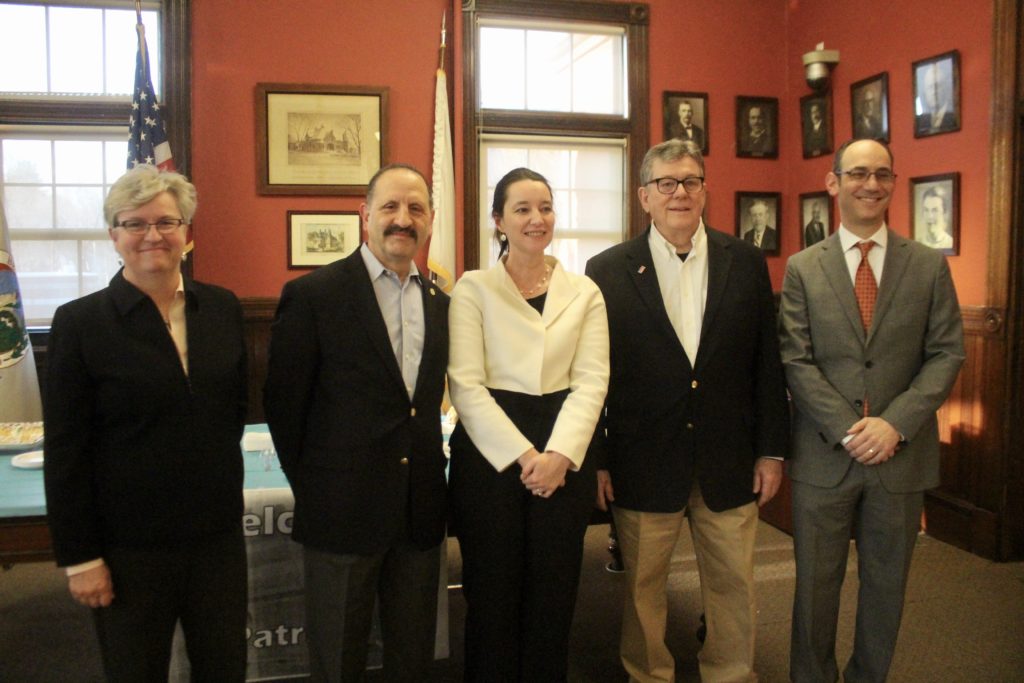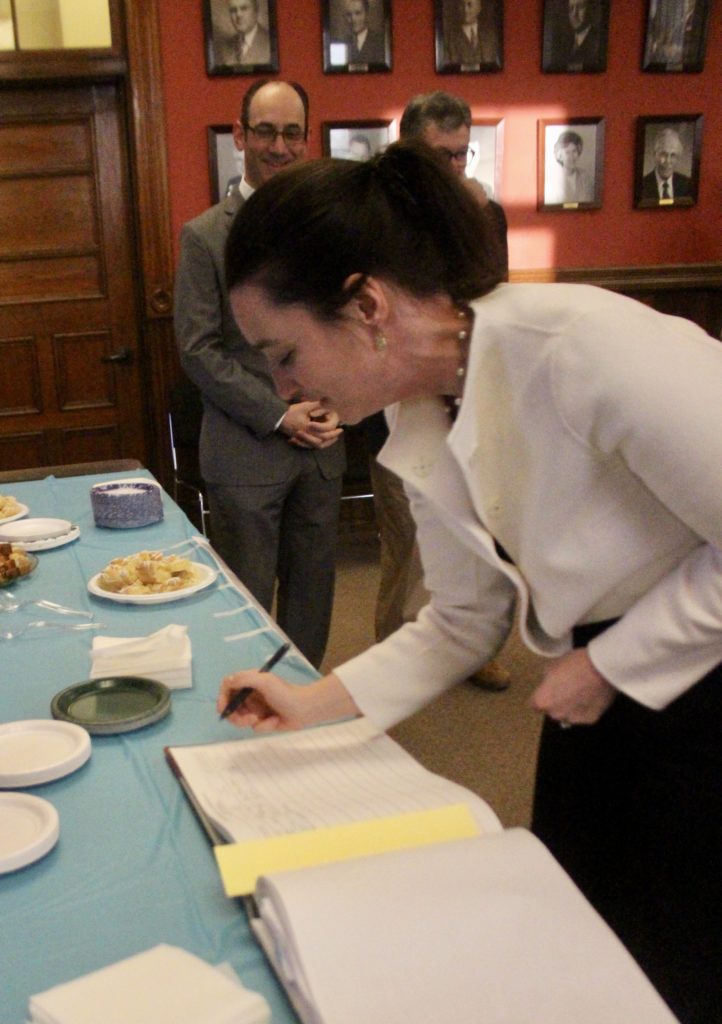Photo: Lisa Fiore will be seeking a one-year term on the School Committee.
A resignation, a reduction in time and a decision to seek higher office could likely bring a whole new look to the Belmont School Committee this Spring. At least one full-three year seat is currently open and a partial term could become vacant after the results of the annual Town Election on April 4 are tallied.
• A move to the west coast to pursue career opportunities resulted in Murat Bicer resigning his seat.
“Yes, I will be resigning as a result of the move, and I’m planning to do that early next week to give candidates enough time to collect signatures,” Bicer told the Belmontonian, who has a year remaining in his term.
• Current Committee Chair Lisa Fiore is giving up her full three-year seat to finish the one year position made available by Bicer’s departure. The college administrator who has led the committee for the past two years told the Belmontonian last week she was leaving the committee to spend more time with her children who attend Belmont High School and the Chenery Middle School. A day later Fiore said she “decided to seek the one-year term for School Committee, and pulled papers this morning.”
“After coming to terms with not running again, it is a nice opportunity to continue to serve the town AND focus on family,” she said.
Susan Burgess-Cox, who is the committee’s secretary, has submitted her nomination papers to Town Clerk Ellen Cushman for certification. She will be seeking one of the two three-year terms up for grabs in April.
• As reported in the Belmontonian, Committee member Tom Caputo has pulled papers for a seat on the Board of Selectmen, to fill the seat currently occupied by Chairman Jim Williams. If he is successful, a joint committee of the Selectmen and the School Committee will select a replacement to fill Caputo’s remaining term which runs until April 2020.

